Adafruit Feather Boards (2022 Buyer’s Guide)
Adafruit Feather boards were born out of the challenges posed by some of the top embedded electronic manufacturers like Arduino. Bulky, limited wireless connectivity (in the initial days) and incompatibility with standard interfacing systems were some of the issues that led to the design of the first-ever Adafruit Feather board. Inspired by the SPI Bluefruit Friend crowdfunding campaign, the designer decided to integrate an ATmega32U4 that had a built-in USB, and a Bluefruit module, which was later discontinued. With this started the journey of Adafruit feather boards that later turned into a standard form factor for many other boards.
As the hardware was recognized with its form factor, the manufacturer encouraged hobbyists and independent developers to design a board that had the same specifications as the original Feather board to contribute to the nearly 100-board ecosystem. The Feather board is sized at 0.9” x 2.0” with 0.1” holes at each corner, and one 16-pin breakout strip on the bottom side. Another addition to the Feather form factor boards is the availability of wings, defined as the little "shields" or "HATs" for Feathers boards. So, it is important to follow the GPIO spacing and location to avoid compatibility issues with Wings. In this article, we will be focussing on some of the popular Feather boards for your IoT and edge AI projects.
1. Adafruit Feather Huzzah ESP8266

One of the very popular Feather boards is the Adafruit Feather HUZZAH ESP8266 which features an all-in-one Wi-Fi module with a built-in USB port for battery charging. At the heart of the board is the ESP8266 microcontroller clocked at a frequency of 80MHz at 3V3 logic. The microcontroller is equipped with a Tensilica chip core with a full Wi-Fi stack enabling an integrated TCP/IP protocol stack. Onboard is the high-quality SiLabs CP2104 USB-Serial chip that allows code uploading at a baud rate of 921600 for faster prototyping. In terms of powering the hardware, the manufacturer provided a connector for any of our 3.7V Lithium polymer batteries and built-in battery charging.
Specifications of Feather Huzzah ESP8266
- Microcontroller: ESP8266 Wi-Fi MCU
- Flash: 4MB flash memory
- Wireless connectivity: Built in WiFi 802.11 b/g/n
- Interfaces: 9x GPIOs that can be used as I2C and SPI, 1x analog input
- Power: Built-in 100mA LiPoly charger with charging status indicator
- LEDs: Pin #0 Red LED, Pin #2 Blue LED
- Buttons: Reset button
2. Adafruit Feather 32U4 Bluefruit LE

Another wireless connectivity focussed Feather board is the Adafruit Feather 32U4 Bluefruit LE that comes with support for Bluetooth Low-Energy, designed with built-in USB and battery charging. Powered by the ATmega32U4 is clocked at a frequency of 8MHz at 3V3 power supply to provide tons of features for wireless connectivity. The chip is integrated with 32kB of flash and 2kB of RAM can enable the board to act like a mouse, keyboard, USB MIDI device and many more. For easy interfacing of external sensors and modules, the hardware gets a connector for any of the 3.7V Lithium polymer batteries.
Specifications of Feather 32U4 Bluefruit LE
- Microcontroller: ATmega32U4 clocked at 8MHz
- Wireless connectivity: Bluetooth Low Energy
- Interfaces: 20x GPIO that can act as hardware I2C and SPI serial communication, 7x PWM pins, 10x analog inputs
- LEDs: Pin #13 Red LED for general purpose blinking
- Power: Built-in 100mA li-poly charger with charging status indicator LED
- Buttons: Reset button
3. Adafruit Feather 32U4 RFM96 LoRa Radio

At the heart of the board is the same ATmega32U4 microcontroller as the previous board, but extends its wireless connectivity to LoRa radio. To support rich wireless connectivity, the hardware features an RFM9x LoRa 433MHz radio module that is not good for transmitting audio or video but can work considerably well for small data packet transmission over long-range than supported by the 2.4GHz Bluetooth, WiFi, or even ZigBee. The LoRa module is based on the SX1276 LoRa with SPI interface that supports packet radio with readily available Arduino libraries. There are other options as well for 868 and 915MHz radio chipset, and if you don’t want LoRa radio, there is also an option for a plain 433MHz packet radio.
Specifications of Feather 32U4 RFM96 LoRa Radio
- Microcontroller: ATmega32U4 clocked at 8MHz
- Wireless connectivity: RFM9x LoRa 433 MHz radio module for long range LoRa communication
- Interfaces: 20x GPIO that can act as hardware I2C and SPI serial communication, 7x PWM pins, 10x analog inputs
- LEDs: Pin #13 Red LED for general purpose blinking
- Power: Built in 100mA lipoly charger with charging status indicator LED
- Buttons: Reset button
4. Adafruit Feather nRF52 Bluefruit LE

Here comes the nRF52 integrated Feather board that supports Bluetooth Low Energy wireless connectivity through the native-Bluetooth chip, nRF52832. The capabilities are similar to the 32U4 Bluefruit which also comes with Bluetooth connectivity. On the software side, the SoC supports Arduino IDE, reducing the need for expertise on ATmega32U4 or ATSAMD21. The hardware is designed in such a way that the developer can upload the code quickly on the chip via Arduino IDE with no button pressing. To program to chip directly, you can use command-line tools with any editor and toolchain. While for the SWD programmer, the manufacturer has provided an SWD 0.05” pitch connector at just $1.95.
Specifications of Feather nRF52 Bluefruit LE
- Microcontroller: nRF52832 featuring Arm Cortex-M4F clocked at 64MHz
- Wireless connectivity: Bluetooth Low Energy
- Interfaces: 19x GPIO, 12x PWM pins, 8x 12-bit ADC pins
- LEDs: Pin #17 red LED for general purpose blinking
- Power: Power/enable pin
- Programming: Built-in USB Serial converter for fast and efficient programming and debugging, Arduino IDE for direct programming
- Buttons: Reset button
5. Adafruit Feather M0 Express

For more powerful hardware in Feather form factor is the Adafruit Feather M0 Express that is equipped with an ATSAMD21G18 Arm Cortex-M0+ processor core clocked up to a frequency of 48MHz at a 3V3 power supply. It has the same processor core seen in the Arduino Zero microcontroller board. The low-power high-performance microcontroller is ideal for a wide range of applications such as home automation, consumer tech, and the industrial environment. The microcontroller is integrated with 256kB of flash storage and 32kB of SRAM which might sound less but the manufacturer has provided 2MB of external SPI flash on the extra space left on the board. The extra space is also used to provide a mini NeoPixel and a little prototyping space. On the software side, the Feather M0 Express microcontroller board comes with a pre-loaded UF2 bootloader and supports CircuitPython, PXT MakeCode, and Arduino IDE.
Specifications of Feather M0 Express
- Microcontroller: Microchip ATSAMD21G18 microcontroller featuring ARM Cortex-M0+ clocked at 48MHz
- Memory: 32kB of SRAM
- Storage: 256kB of flash and 2MB of external flash storage
- Interfaces: 20x GPIO, PWM output on all pins, 6x 12-bit analog inputs, and 1x 10-bit analog output
- LEDs: Pin #13 red LED for general purpose blinking
- Programming: CircuitPython and Arduino IDE among others
- Buttons: Reset button
6. Adafruit Feather M0 Basic Proto - ATSAMD21 Cortex M0

Adafruit Feather M0 Basic Proto, as the name suggests has the same microcontroller chip as the previous one, Microchip ATSAMD21G18 featuring the Arm Cortex-M0+ processor core clocked at a frequency of 48MHz. But there are some additions to the board, primarily the manufacturer has decided to add a connector for any of our 3.7V Lithium polymer batteries and built-in battery charging. So, you won’t require a battery for remote applications, but the micro USB connector will be enough, however, if you do have a battery, you can plug in the USB to recharge. “The Feather will automatically switch over to USB power when it's available,” the manufacturer notes. “We also tied the battery through a divider to an analog pin, so you can measure and monitor the battery voltage to detect when you need a recharge.”
Specifications of Feather M0 Basic Proto
- Microcontroller: Microchip ATSAMD21G18 microcontroller featuring ARM Cortex-M0+ clocked at 48MHz
- Memory: 32kB of SRAM
- Storage: 256kB of flash
- Interfaces: 20x GPIO, PWM output on all pins, 6x 12-bit analog inputs, and 1x 10-bit analog output
- Power: Built-in 100mA LiPoly charger
- Programming: CircuitPython and Arduino IDE
- Buttons: Reset button
7. Adafruit Feather M0 Adalogger

Another Microchip ATSAMD21G18 integrated microcontroller Feather board but was designed for a different purpose. With Arm Cortex-M0+ processor core, the hardware is a standalone data logger or as we call it data-reader with built-in USB and battery charging. As you might have noticed, on the other side of the hardware is the microSD card hold that allows developers to add more storage as required by the application for reading and writing. Also, the extra space left on the hardware is given to the Pin #8 green LED for blinking pleasure. There are no other upgrades and has the same specifications as the previous one.
Specifications of Feather M0 Adalogger
- Microcontroller: Microchip ATSAMD21G18 microcontroller featuring ARM Cortex-M0+ clocked at 48MHz
- Memory: 32kB of SRAM
- Storage: 256kB of flash
- Interfaces: 20x GPIO, 8x PWM pins, 10x analog inputs, and 1x 10-bit analog output
- Power: Built-in 100mA LiPoly charger with charging status indicator LED
- Programming: CircuitPython and Arduino IDE
- Buttons: Reset button
8. Adafruit Feather 328P

Another ATmega powered Feather board but this time it’s an ATmega328P microcontroller, as defined as “the classic Arduino chip” running at a 3V3 power supply at a clock frequency of 8MHz. This high-performance integrated chip is an 8-bit RISC-based microcontroller with 32kB of ISP flash memory and 2kB of SRAM. However, the board has low onboard memory, the IC can execute powerful instructions in a single clock cycle to achieve throughputs approaching one MIPS per MHz. Unlike the previous two Feather microcontroller boards, the Feather 328P gets 1024B of data EEPROM on the integrated chip.
Specifications of Feather 328P
- Microcontroller: Microchip ATmega328P microcontroller at 8MHz
- Memory: 2kB of SRAM
- Storage: 32kB of ISP flash
- Interfaces: 19x GPIO, 6x PWM pins, 8x analog inputs
- Power: Built-in 100mA LiPoly charger with charging status indicator LED
- Programming: Arduino IDE
- Buttons: Reset button
9. FeatherS2 Feather Development Board
For those looking for an ESP32 powered Feather Development Board, here comes the FeatherS2 with Espressif’s ESP32-S2 microcontroller featuring a 32-bit single-core processor at 240MHz. The integrated microcontroller is equipped with 16MB of SPI flash and 8MB of extra PSRAM as one of the largest onboard memory on the list. Also, when it comes to wireless connectivity, the hardware supports 2.4GHz Wi-Fi 802.11b/g/n. Interestingly, for interfacing external sensors and modules, there is a Qwiic and STEMMA connector enabling access to hundreds of modules. For power, there is a LiPo battery management and a JST PH LiPo battery connector for remote IoT applications. Note: The board is designed by ‘Unexpected Maker’ and NOT ADAFRUIT.
Specifications of FeatherS2 Feather Development Board
- Microcontroller: Espressif ESP32-S2 microcontroller at 240MHz
- Memory: 8MB of PSRAM
- Storage: 16MB of SPI flash
- Wireless connectivity: IEEE 802.11b/g/n 2.4GHz Wi-Fi
- Interfaces: 21x GPIO
- Connector: QWIIC/STEMMA
- Sensor: ALS-PT19 Ambient Light Sensor (IO14)
- Power: LiPo battery management and JST PH LiPo battery connector
- LEDs: Power (red), Charge (orange) and IO13 (blue)
10. Adafruit Feather RP2040

Last but not least comes the Adafruit Feather RP2040 with an integrated Raspberry Pi’s inhouse silicon tapeout RP2040 microcontroller featuring a 32-bit dual-core Arm Cortex M0+ running at a clock frequency of 125MHz at a 3V3 power supply. The RPi’s microcontroller is one of the most famous integrated chips in the space of IoT and hobby projects. We have a detailed article on alternatives to the original RPi Pico that integrated the RP2040 microcontroller and here is one of them. The onboard STEMMA QT connect allows you to quickly connect any Qwiic, STEMMA QT, or Grove I2C devices without soldering. In terms of software, the microcontroller supports C/C++ or MicroPython with a lot of resources available to get started.
Specifications of Feather RP2040
- Microcontroller: Raspberry Pi RP2040 microcontroller at 133MHz
- Memory: 264kB of SRAM in six independent banks
- Storage: 8MB of SPI flash chip
- Interfaces: 21x GPIO
- Connector: On-board STEMMA QT connector
- USB: USB Type-C connector gives access to built-in ROM USB bootloader and serial port debugging
- Power: Built-in 200mA and LiPoly charger with charging status indicator LED
Final Thoughts on Adafruit Feather Form Factor
Over the past few years, Adafruit Feather boards with a standard form factor have been adopted by other manufacturers such as the SparkFun Thing Plus series. We are looking at the Feather board hardware and layout specifications as a standard dimension to design a Feather development board. There are more boards than today’s list from other manufacturers to serve the developer community requiring microcontroller boards for different applications.
Your turn: Have you got any experience with the Feather development boards? Let us know which one is your favorite Feather board in the comments section below!







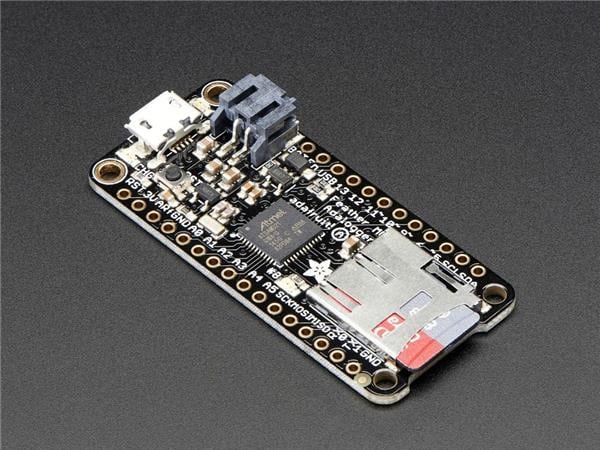
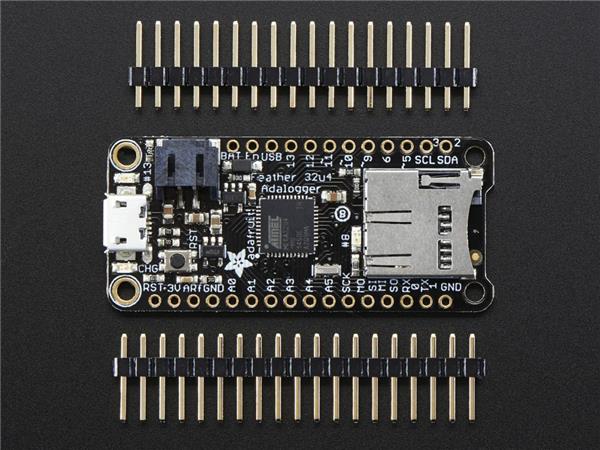
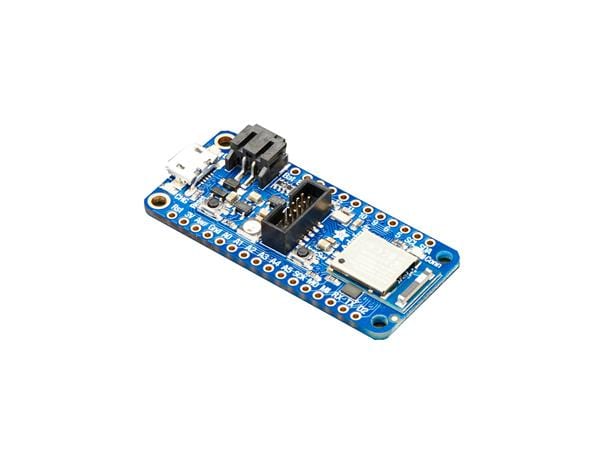
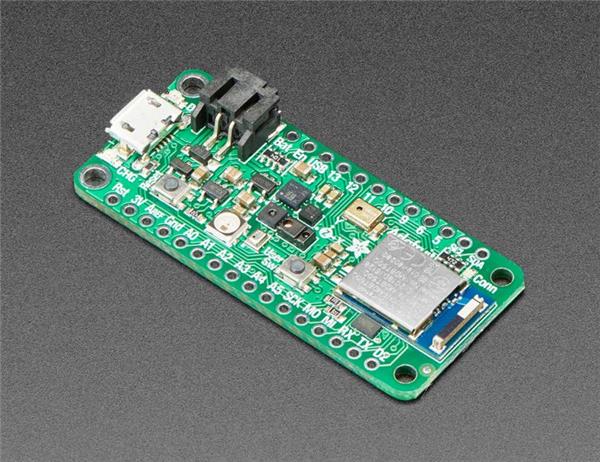
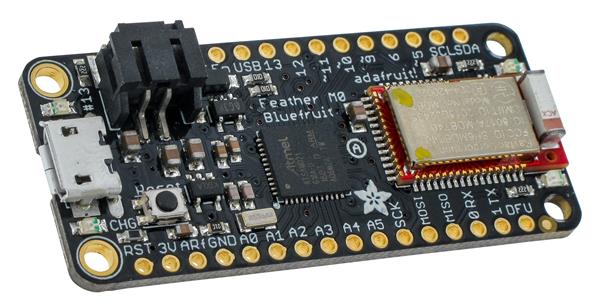
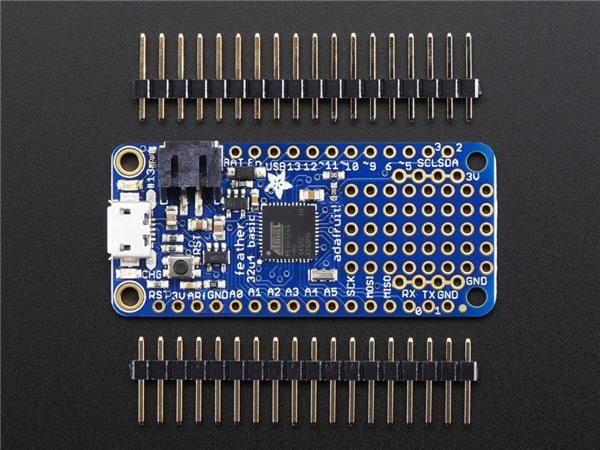
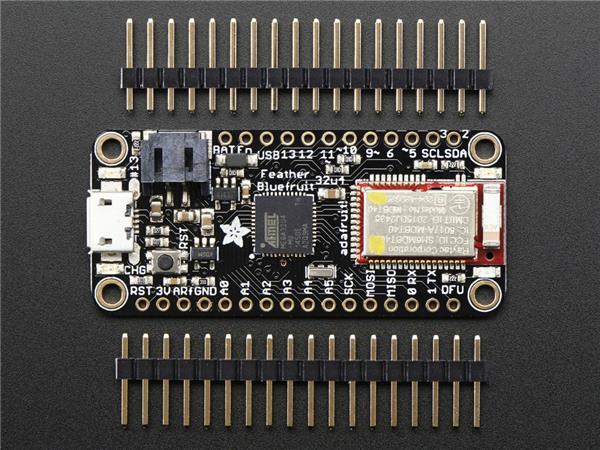
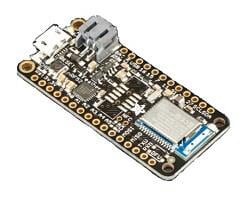
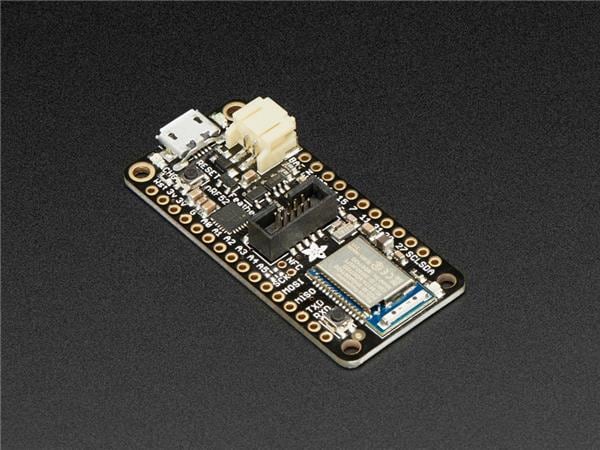
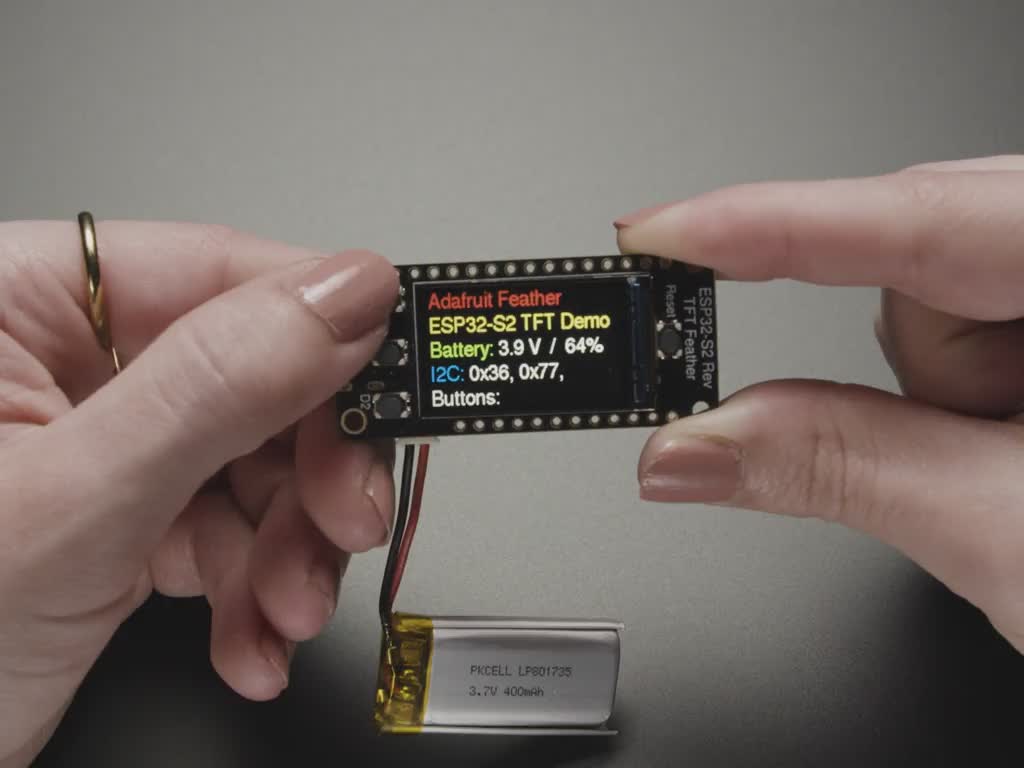
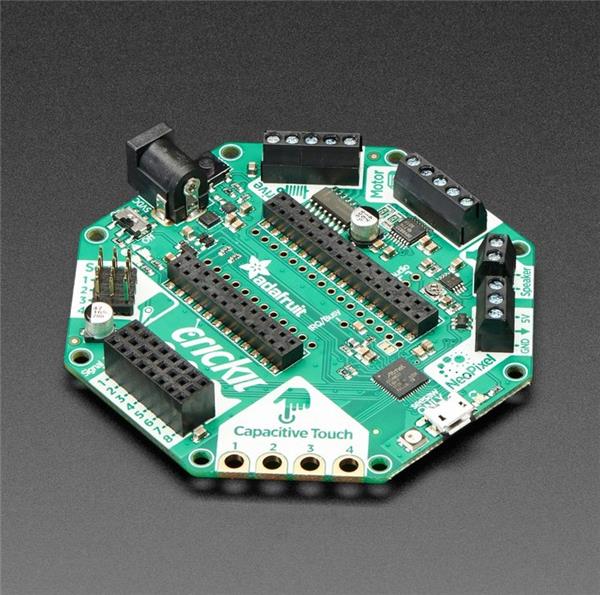
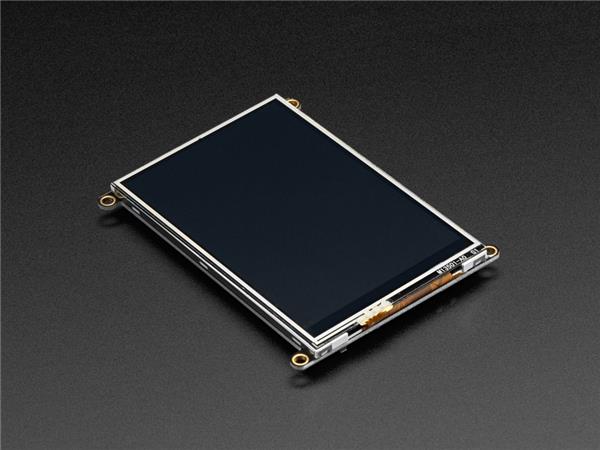
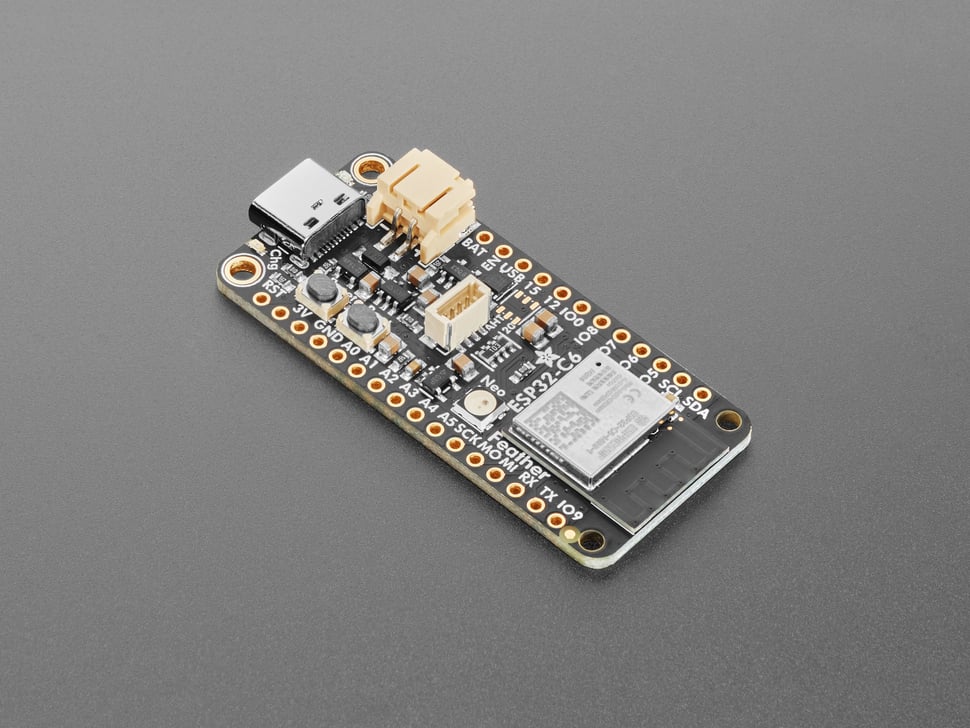
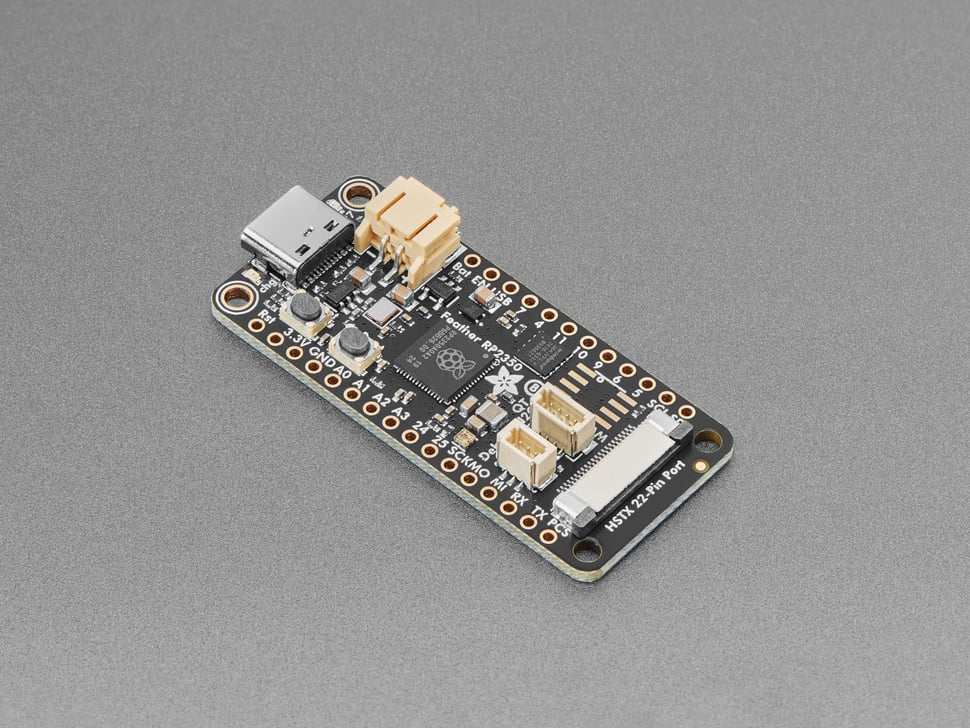
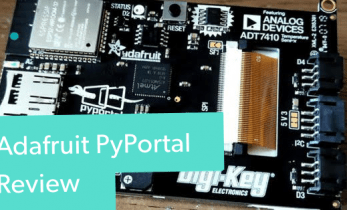
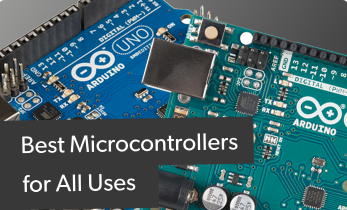
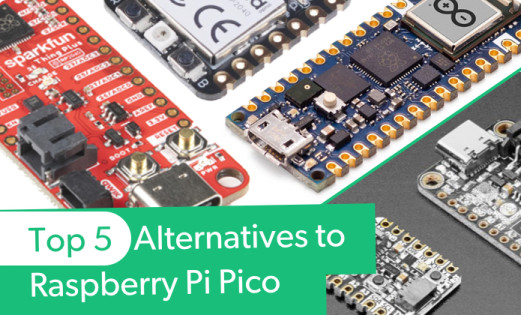
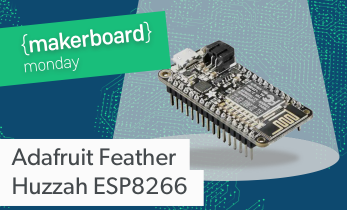
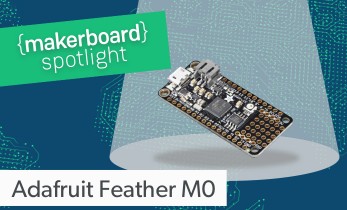
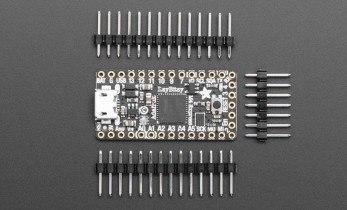
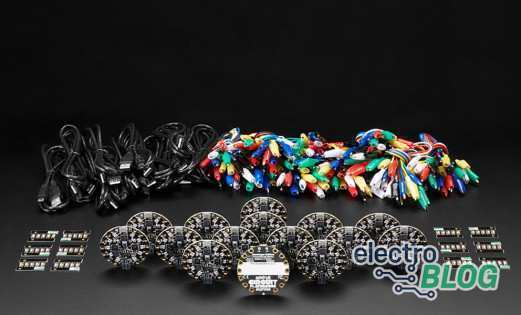
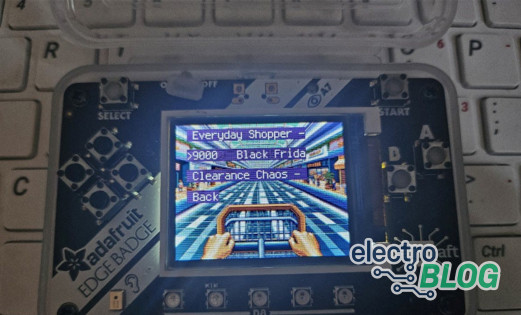
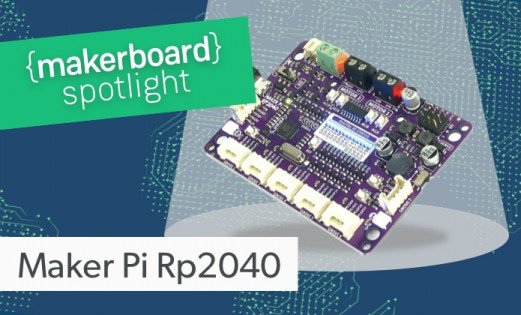
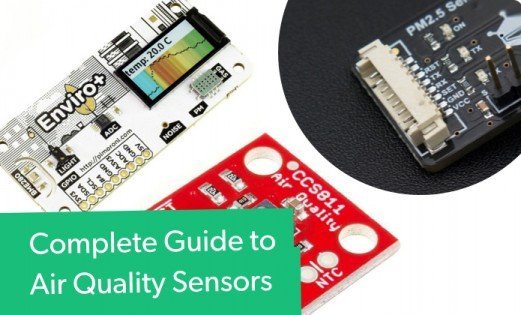
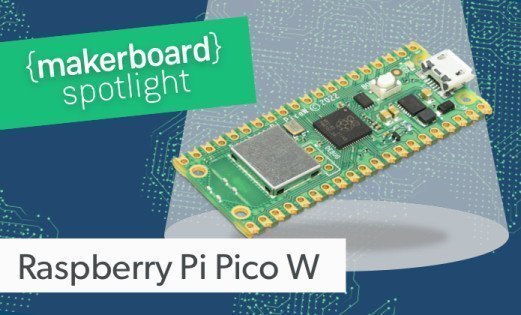

Leave your feedback...